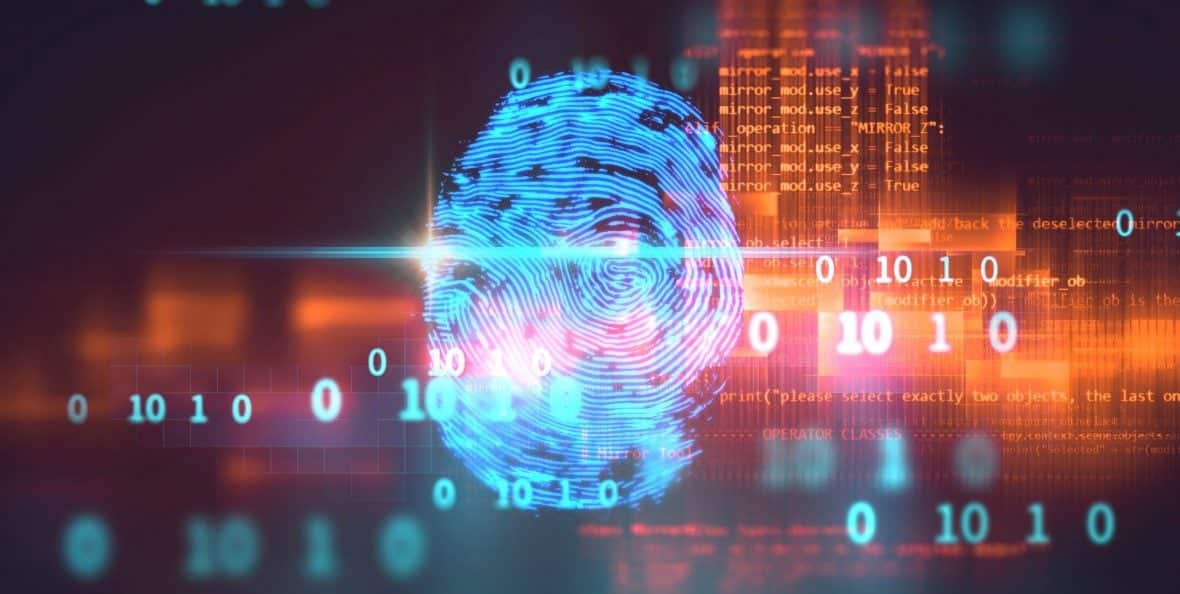
Navigating the complex e-signature landscape for transactions
Closing a single legal transaction could require hundreds or thousands of signatures – some with ink and others electronic. Sahil Zaman at iManage takes on the task of navigating this complex minefield.
A signature is a unique mark – a stylistic presentation of a person’s identity. From the ‘pictographs’ of the Egyptians and Sumerians in 3000 BC to the digital mark that you see on modern legal transactions, signatures have evolved dramatically with time. But there is so much more to modern signatures than meets the eye.
To close a deal, some transactions will only require a wet signature affixed to a hard copy with a pen. Stepping up a level and speeding up the process are electronic signatures – or e-signatures – that simply acknowledge acceptance of a message, transaction, or document. The inclusion of an image of your signature is as basic as it gets.
Bringing the back-end into play are digital signatures – a type of e-signature that includes a digital certificate, allowing one to authenticate a signer’s identity. The certificate associated with each signature is digitally bound to the document using encryption.
Finally, there are stringent protocols in place that make your carefully scribed autograph a robust, secure signature package, thanks to the eIDAS – the electronic Identification, Authentication, and trust Services regulation. eIDAS has been fully in force in the European Union since 1 July 2016, recognising three types of e-signatures:
- Simple or basic electronic signature (SES). An electronic signature (which is neither advanced nor qualified) associated with the document or data the signer intended to sign
- Advanced electronic signature (AES).A digital signature that must be – among other criteria – created using e-signature creation data (a private key) that the signatory can use under their sole control with a high level of confidence
- Qualified advanced electronic signature (QES). An AES created by a qualified creation device and backed by a qualified certificate – meaning a certificate issued by a qualified trust service provider (QTSP) that is on the EU Trusted List (ETL) and certified by an EU member state.
AES and QES require multi-factor verification and use advanced encryption to detect and prevent tampering of documents. QES is the only signature type explicitly recognised as the legal equivalent of a written signature across all EU member states. In most legal transactions, a combination of wet signatures and e-signatures are used, although AES and QES may also be used in some deals. There are also transactions where blank signature pages are signed and then inserted into the finalised documents after-the-fact. Often, it is not known until the last minute which type of signature will be required.
The complexities of signature requirements in closings are one of many reasons that legal transaction management (LTM) software, like iManage Closing Folders, has been embraced by law firms, lawyers, and their clients. These solutions automate your closing workflow, and support the gamut of signatures – wet signatures, PDF signatures, simple and advanced e-signatures – without sacrificing speed or accuracy.



